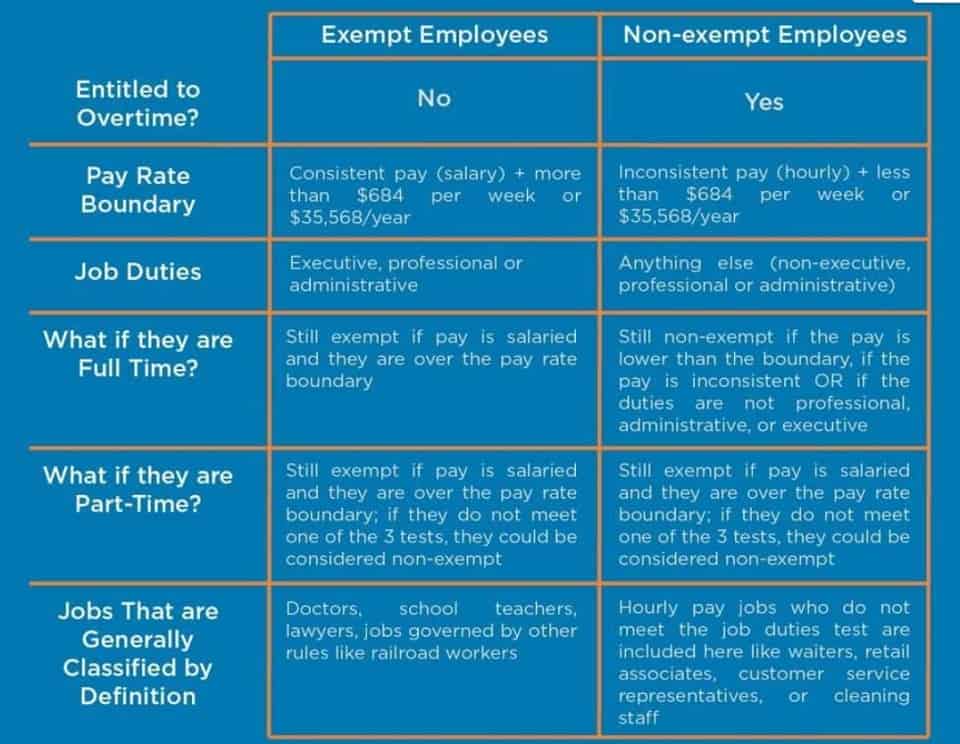What Is a Dividend Payout Ratio?
A closer value to 100% means the company pays all of its net income as dividends. A value closer to 0% indicates little dividend relative to the money the company is earning. Often referred to as the “payout ratio”, the dividend payout ratio is a metric used to measure the total amount of dividends paid to shareholders in relation to a company’s net earnings. Certain dividend-paying companies may go as far as establishing dividend payout targets, which are based on generated profits in a given year. For example, banks typically pay out a certain percentage of their profits in the form of cash dividends. If profits decline, the dividend policy can be amended or postponed to better times.
- Of note, companies in older, established, steady sectors with stable cash flows will likely have higher dividend payout ratios than those in younger, more volatile, fast-growing sectors.
- Each company establishes its dividend policy and periodically assesses if a dividend cut or an increase is warranted.
- Dividend stock ratios are used by investors and analysts to evaluate the dividends a company might pay out in the future.
- A company that pays out greater than 50% of its earnings in the form of dividends may not raise its dividends as much as a company with a lower dividend payout ratio.
- Conversely, if the dividend spikes up, the company could have trouble sustaining such a high dividend in future periods.
For example, if a company issued $20 million in dividends in the current period with $100 million in net income, the payout ratio would be 20%. The dividend payout ratio reveals a lot about a company's present and future situation. To interpret it, you just have to know how to look at it as well as what your priorities are as an investor. Some investors like to see a company statement of cash flows definition with a higher ratio, indicating the company is mature and pays a higher proportion of its profits to shareholders. It's always in a company's best interests to keep its dividend payout ratio stable or improve it, even during a poor performance year. The payout ratio also helps to determine a dividend's sustainability, as companies are generally reluctant to cut dividends.
Can dividend payout ratio be more than 100?
While the dividend yield is the more commonly known and scrutinized term, many believe the dividend payout ratio is a better indicator of a company's ability to distribute dividends consistently in the future. Regardless, it's important to view the DPR in the context of the company, its industry, and its competitors. Although the ratio offers some insight, companies provide shareholder value in other ways than dividend payments. For instance, having enough cash flow to avoid taking on debt has value in the long term. Whenever possible, compare dividend payout ratios over a period of time.
- Besides the payout ratio and dividend criteria, we look for a company with an average return on equity (ROE) higher than 12% over the last 5 years.
- That potentially puts them at risk of cutting the dividend if business conditions deteriorate.
- Also, the average dividend payout ratio can vary significantly from one industry to another.
- As a quick side remark, the inverse of the payout ratio is the retention ratio, which is why at the bottom we inserted a “Check” function to confirm that the two equal add up to 100% each year.
- A special dividend is paid to shareholders outside of the regular dividend schedule.
It may result from a windfall earnings, spin-off, or other corporate action that is seen as a one-off. In general, special dividends are rare but larger than ordinary dividends. Cash dividends are a common way for companies to return capital to shareholders.
What is the difference between a dividend payout ratio and dividend yield?
That was a little more than a 2% improvement from the same period last year. However, capital spending has decreased significantly, falling from $15.8 billion to $14.2 billion. As a result, the company's free cash flow has increased by $2.2 billion to $14.6 billion. Verizon has produced more free cash flow in the first nine months of 2023 than it did in all of 2022. Following a firm's dividend payment trends over time sheds additional insight. If a company's DPR rises over time, it could indicate that the company is maturing into a healthy and stable operation.
The payout ratio is 0% for companies that do not pay dividends and is 100% for companies that pay out their entire net income as dividends. That provided the company with plenty of money to cover its dividend payouts, which have totaled $8.2 billion this year. Those payments are up from $8.1 billion in 2022 because Verizon has increased its dividend by 2% over the past year. Even with that higher outlay, Verizon's dividend payout ratio has fallen.
Current shareholders and potential investors would do well to evaluate both the yield and payout ratio. If a company hopes to join the ranks of dividend aristocrats or hopes to increase its dividends regularly, keeping its payouts sustainable is essential. The company’s income is the pie, and the slice that you receive is the dividend that the company pays. However, if you get a large slice, that leaves less for the company to eat until the next pie arrives from the bakery. Microsoft’s dividend payout ratio for the quarter ending in June of 2019 was 77.78%. There is another way to calculate this ratio, and it is by using the per-share information.
What Is a Dividend Payout Ratio & Why Should I Care About It?
For fiscal year 2021, the company saw year-over-year (YOY) increased revenues of 19.3%. Companies that pay dividends typically enjoy stable cash flows, and their businesses are commonly beyond the growth stage. This business growth cycle partially explains why growth firms do not pay dividends—they need these funds to expand their operations, build factories, and increase their personnel. When examining a company's long-term trends and dividend sustainability, the dividend payout ratio is often considered a better indicator than the dividend yield. For example, a company offers an 8% dividend yield, paying out $4 per share in dividends, but it generates just $3 per share in earnings. That means the company pays out 133% of its earnings via dividends, which is unsustainable over the long term and may lead to a dividend cut.
The dividend payout ratio calculator is a fast tool that indicates how likely it is for a company to keep paying the current dividend level. In this article, we will cover what the dividend payout ratio is, how to calculate it, what is a good dividend payout ratio, and, as usual, we will cover an example of a real company. In the second part of our modeling exercise, we’ll project the company’s retained earnings using the 25% payout ratio assumption. As the inverse of the retention ratio (and the sum of the two ratios should always equal 100%), the payout ratio represents how much capital is returned to shareholders.
If the dividend payout ratio exceeds 100%, that means that the company is paying out more money than it brings in, using cash reserves to cover the difference. To think about it in simple terms, if a company pays $10 million in dividends every year, it needs to have at least $10 million in cash available to pay those dividends. Ideally, it will pay those dividends out of its profit rather than depleting its cash reserves. If the company doesn’t make $10 million each year in profit, something will have to give. Either the company will empty its bank account until it cannot afford the $10 million in dividends each year, or it will have to reduce its dividends to a more sustainable level. In February 2022, the sportswear brand announced a $0.305 per share quarterly cash dividend payable Apr. 1, 2022.
Payout Ratio: What It Is, How To Use It, and How To Calculate It
The payout ratio is a financial metric showing the proportion of earnings a company pays its shareholders in the form of dividends, expressed as a percentage of the company's total earnings. On some occasions, the payout ratio refers to the dividends paid out as a percentage of a company's cash flow. The dividend payout ratio is the opposite of the retention ratio which shows the percentage of net income retained by a company after dividend payments.
Dividend payout ratios are important because they show how much money a company returns to its shareholders as compared to the amount of money that the company keeps for itself. The more money that the company retains for itself, the more resources it will have available for investment or expansion. Besides the payout ratio and dividend criteria, we look for a company with an average return on equity (ROE) higher than 12% over the last 5 years. The ROE ratio indicates how profitable the company is relative to the equity of the stockholders. Only a profitable company will be able to sustain growing dividends for the long term.
The items you'll need to calculate the dividend payout ratio are located on the company's cash flow and income statements. The net debt to EBITDA (earnings before interest, taxes and depreciation) ratio is calculated by dividing a company's total liability less cash and cash equivalents by its EBITDA. The net debt to EBITDA ratio measures a company's leverage and its ability to meet its debt. Generally, a company with a lower ratio, when measured against its industry average or similar companies, is more attractive. If a dividend-paying company has a high net debt to EBITDA ratio that has been increasing over multiple periods, the ratio indicates that the company may cut its dividend in the future.




